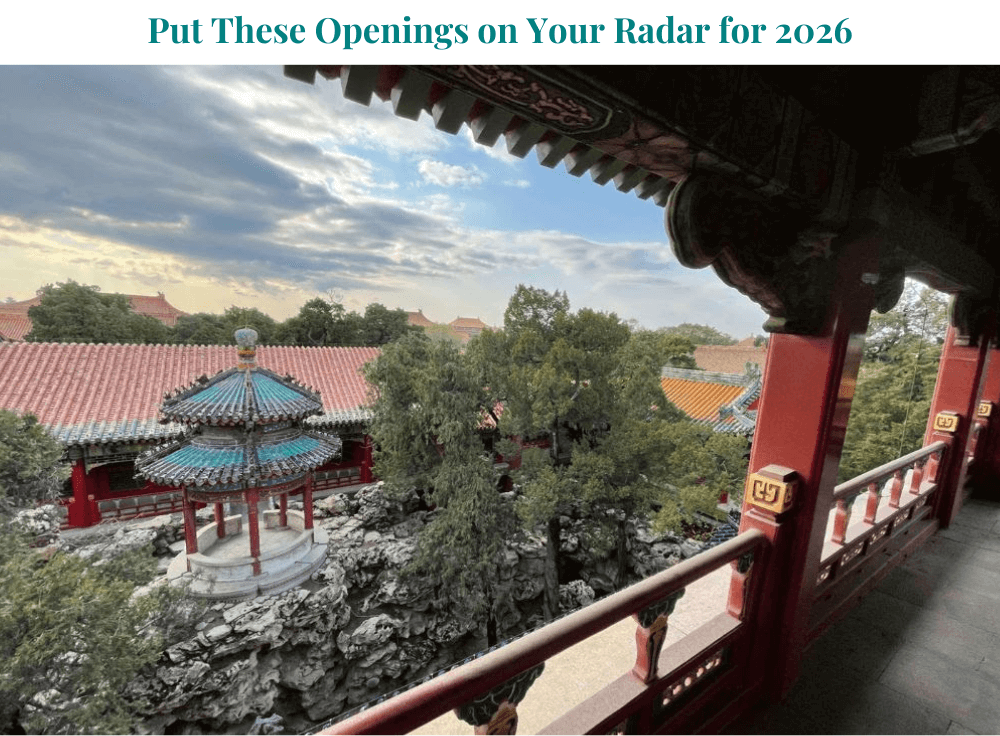Hidden Gems of Rome: An Insider’s Guide
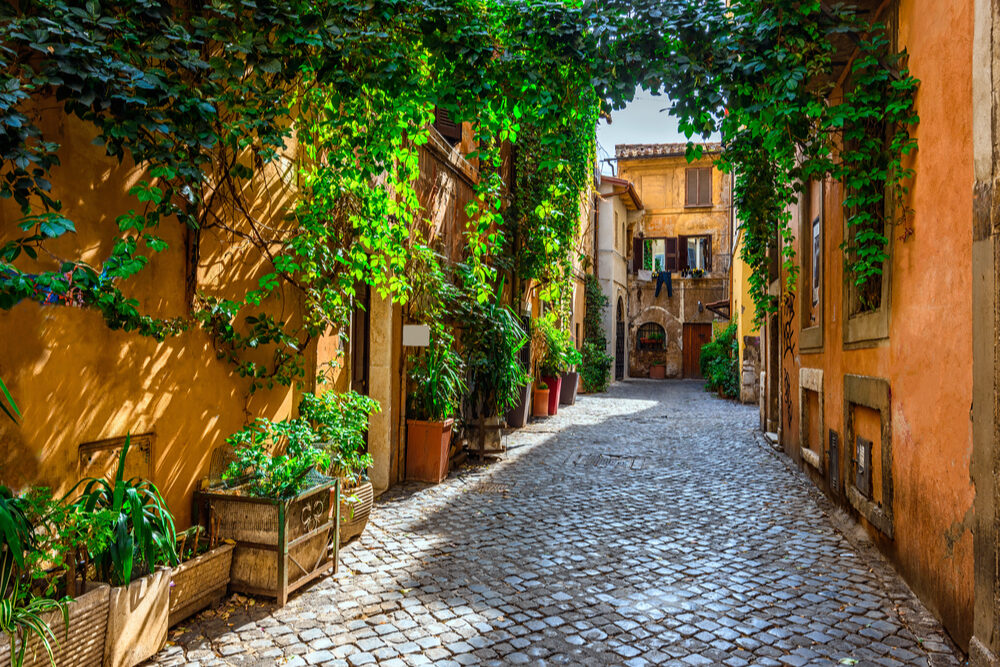 The local intel below will steer you away from Rome's crowds and to charming cobblestone streets like this one. Photo: Shutterstock
The local intel below will steer you away from Rome's crowds and to charming cobblestone streets like this one. Photo: Shutterstock
The insider advice on this page is from one of Wendy’s Trusted Travel Experts for Italy: Luisa Grigoletto of Trufflepig.
Call on Luisa when you want a deep dive into Italian culture and have at least a week for it. Born in the Veneto, Luisa now lives in Rome—she is co-author of The 500 Hidden Secrets of Rome—and is well-connected in Italy’s cities and its art-history realm; once a fixer for foreign journalists, she’s a pro at gaining insider access for her travelers, especially at museums and the Vatican, and she’s also savvy about itineraries for those with limited mobility. Unlike the many Italy trip planners who want you to use drivers, Luisa is a proponent of renting a car in the less jammed parts of the country and will provide driving itineraries with plenty of interesting stops, such as little family-run olive oil estates in Tuscany or off-the-beaten-path villages in Puglia. She can also seamlessly orchestrate multi-country itineraries that involve France, Croatia, Spain, Austria, Germany, Greece, and elsewhere in Europe.
Where to Stay and Eat
Best bang-for-your-buck hotel
Hotel Vilòn is centrally located but away from the crowds, tucked on a side street between the Ara Pacis museum, the river, and the busy Spanish Steps area. Luisa particularly likes the Charming Terrace rooms, which are spacious, filled with light, and overlook the Palazzo Borghese garden.
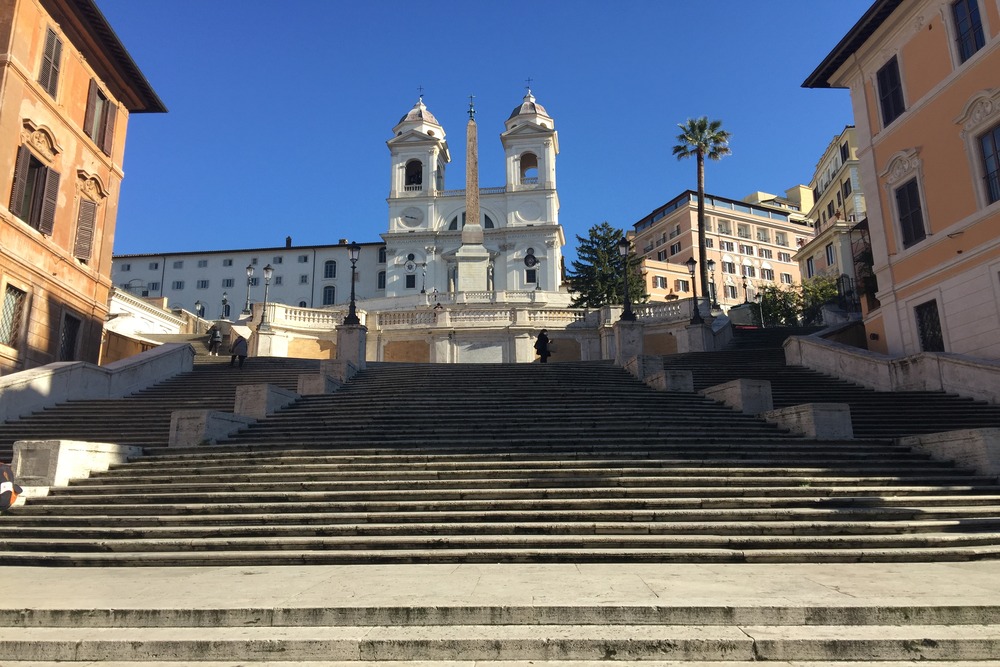
It’s rare to see the Spanish steps this empty, but there are quieter spots nearby. Photo: Luisa Grigoletto
Restaurant the locals love
Santo Palato is a simple trattoria that has managed to update the very Roman quinto quarto cuisine for the modern palate—so be prepared to see offal-based dishes take center stage. The menu changes daily, but some “classics” are pretty regular features; Luisa calls the pasta alla carbonara the best in town. A good selection of natural wines will help you appreciate these earthy flavors.
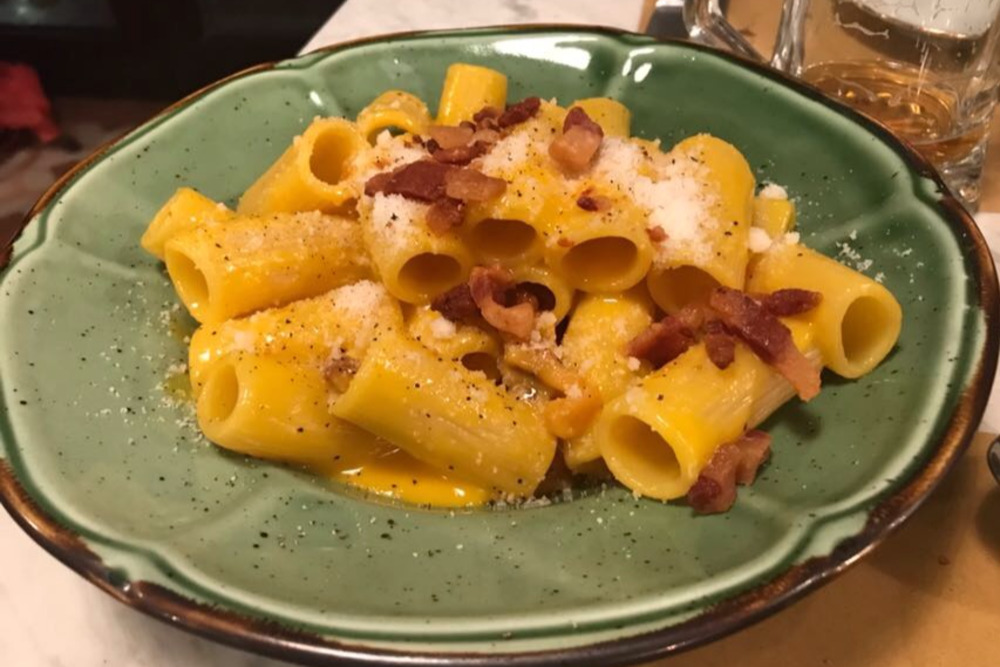
The scrumptious pasta alla carbonara at Rome’s Santo Palato. Photo: Luisa Grigoletto
Meals worth the splurge
Imago and Zia: The first one is ideal for a romantic candlelit dinner, especially for warmer nights on the panoramic terrace with sweeping views of the city. The second one provides an often-needed break from the local cuisine, away from the crowds, in a refined but unpretentious manner. Yes, it’s a Michelin-starred restaurant, but one where style and substance are happily married.
What to See and Do
Don’t miss
Palazzo Altemps: This museum is right in the center of Rome, behind Piazza Navona and very close to one of Caravaggio’s most famous paintings in the city, The Calling of Saint Matthew. The palazzo alone is worth the visit, especially its painted loggia, but it also houses a collection of beautiful ancient sculptures. It’s often empty, and the entry ticket allows you to visit two additional museums that are part of the Museo Nazionale Romano: Palazzo Massimo and Diocletian’s Baths.
Don’t bother
The Vatican museums and the Sistine Chapel—unless you make it a VIP experience (read on for details about that). Even with skip-the-line tickets, the Vatican museums get extremely crowded. Also, bear in mind that there is no air-conditioning in the museums, so it can be quite hot and uncomfortable during the warmer months. Big crowds elbowing their way through the galleries, all marching toward the Sistine Chapel, combined with humid, hot air: the perfect recipe for a miserable experience, no matter how extraordinary your guide is.
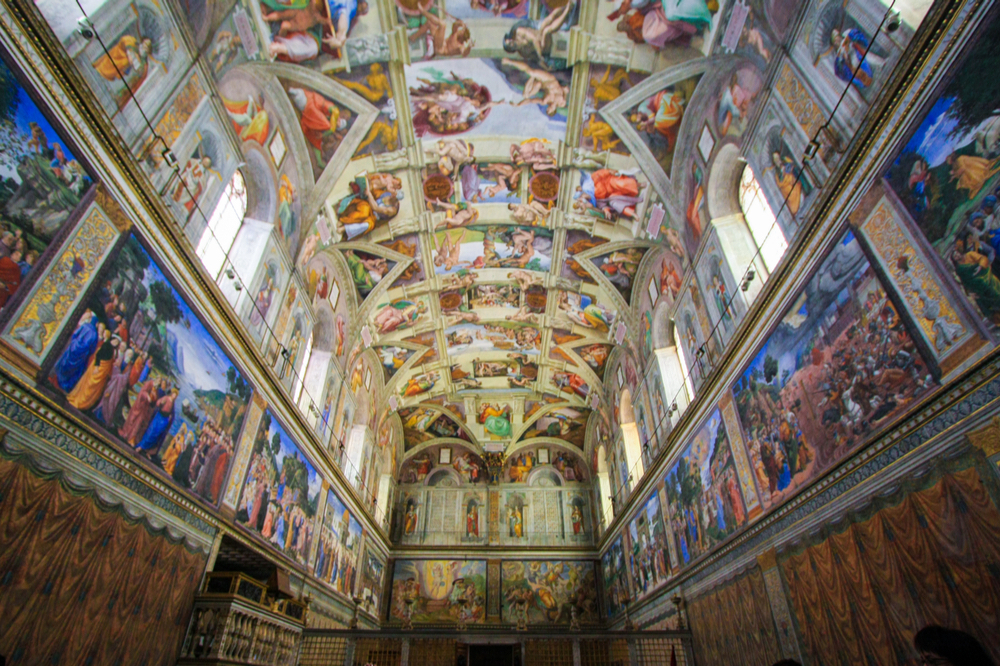
Imagine having the Sistine Chapel entirely to yourself—or even getting to unlock its door in the morning. Photo: Shutterstock
However: With an exclusive-access visit to the Vatican museums and Sistine Chapel, you’ll have the whole place to yourself for a couple of hours. This can be done either after the museums close to the general public, or, for an even more special experience, at 6am, when you can accompany the clavigero (key master) on their rounds through the galleries. Armed with 2,798 keys, they unlock the doors and opens the windows of the museums’ eleven sections, from the main gate all the way to that famous wooden door with its S-shaped brass handle, the Sistine Chapel.
Most underrated place
Travelers often overlook the rationalist architecture of the EUR district in southern Rome (EUR stands for Esposizione Universale Roma). Luisa sends people there with an archaeologist who has studied and excavated several of the city’s sites, including the Crypta Balbi. The archaeologist will take you through EUR’s symbolic urban landscape—which feels like walking through a painting by Giorgio de Chirico or Mario Sironi—and highlight the historical connections between ancient Rome and Mussolini’s imperialistic vision. The latter is best exemplified in EUR’s most iconic building, the so-called Square Colosseum, now the headquarters of fashion house Fendi.
While you’re in this district, pop into the Museo dell’Alto Medioevo to see the colorful opus sectile of Porta Marina, retrieved from an ancient villa in the archaeological park of Ostia Antica.
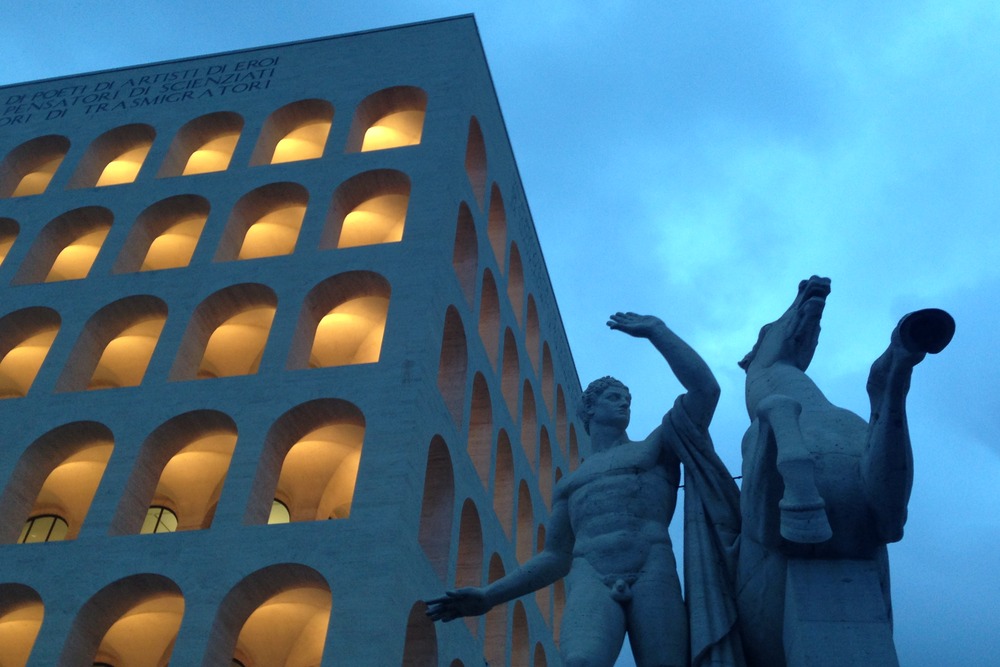
The famous Square Colosseum is emblematic of the EUR district’s architectural style. Photo: Luisa Grigoletto
Most overrated place
The Mouth of Truth marble sculpture in the portico of Santa Maria in Cosmedin church. Why stand in line for half an hour or more, just to stick your hand inside what was likely a sewer cover for a photo-op à la Audrey Hepburn and Gregory Peck? Instead, go inside the church and admire the Cosmatesque floor, the crypt, and the spolia that have been reused and incorporated into the structure itself.
Hidden gem
The Centrale Montemartini. Here industrial and classical archaeology perfectly complement each other: The museum’s collection of ancient sculptures and mosaics is housed in a former power plant dating to the early 20th century.
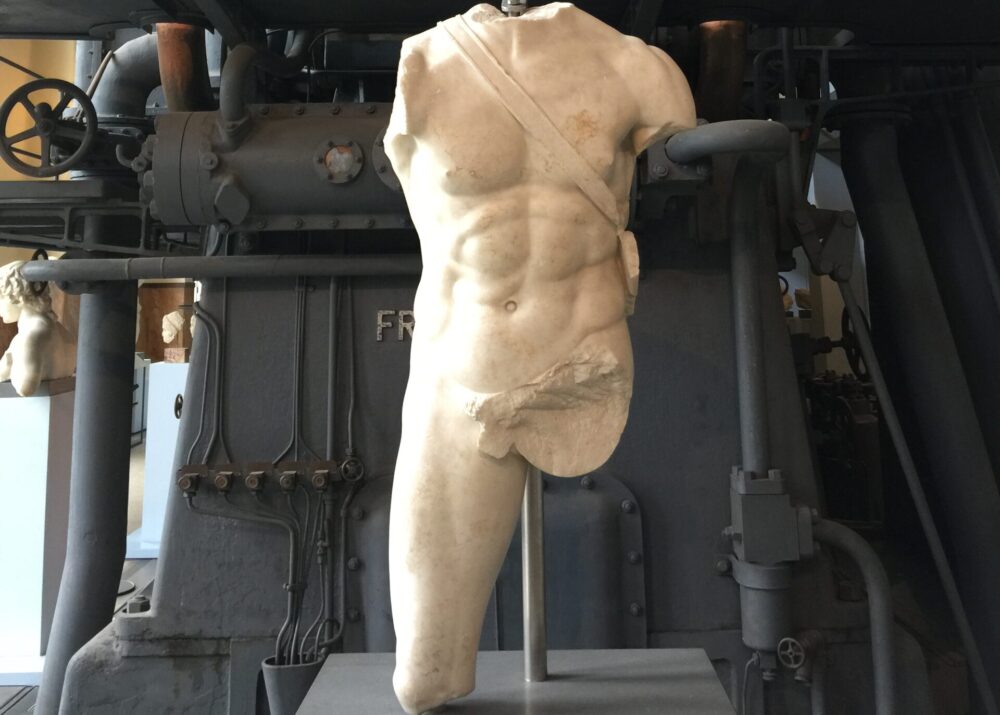
Classical sculpture meets early-modern industry at the Centrale Montemartini. Photo: Luisa Grigoletto
Bragging rights
Luisa can arrange an after-hours visit to the Borghese Gallery. Guided by a preeminent expert on Caravaggio and Bernini, you’ll have one of Rome’s most stunning palazzos and art collections all to yourself.
Best Time to Go
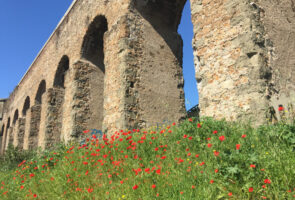
Rome is like a little black dress: With a few exceptions, it’s good on pretty much every occasion, especially if your primary goal is having meaningful cultural experiences.
Worst Time to Go
The few exceptions to the above are the summer months, when temperatures and humidity tend to be quite high. In August many shops and restaurants are also closed, especially for the first three weeks of the month.
Biggest Rookie Mistake
Not booking your restaurants in advance, particularly during the busiest periods of the year. Rome is often very crowded, and securing a table at a good restaurant can make or break your day, especially if you have your eyes set on a specific place.
Can't-Miss Photo Op
The Terrazza Caffarelli, at the café of the Capitoline museums: Here you’ll get a nice view of Trastevere, the Jewish Ghetto, the Janiculum hill, and the Campo Marzio. You don’t need to buy a museum ticket to access the cafe, but a visit before or after your espresso or cocktail would not be a bad way to spend an hour or so.
Cheap Thrill
The Keats and Shelley Memorial House has a wonderful private terrace overlooking the Spanish Steps: Not only can you learn a bit about Rome’s past as an international hub for the literary community in the 19th century, but you can also enjoy a cup of aromatic tea provided by Babington’s, the historic tea house right across the stairs, founded in 1893. It doesn’t get any more central than this, but you’ll be away from the crowds, in a little peaceful corner, with a prime view of the Spanish Steps.
Prime Picnic Spot

Pack some sandwiches, hop on a bike, and head out to the Appian Way, the ancient Roman road that connected the city center with Puglia: You’re just a few kilometers from the chaos of the city, but it feels like a different world. The road is flanked with ruins and monuments you can visit along the way, and a few bars and osterie as well. Don’t be surprised if, all of a sudden, you’re surrounded by a flock of sheep: It comes with the territory and it’s part of the charm, but hopefully they won’t eat your lunch.
Must-Have Apps
ItTaxi and FreeNow come in handy when you need to book a taxi. Uber only offers chauffeured cars, which can be expensive.
For Your Cardio
Nothing beats jogging along the banks of the Tiber River: Not only are you away from the street traffic and crowds while still being right in the city center, but you’ll also be able to see some of Rome’s monuments (such as Castel Sant’Angelo) from a different perspective.




